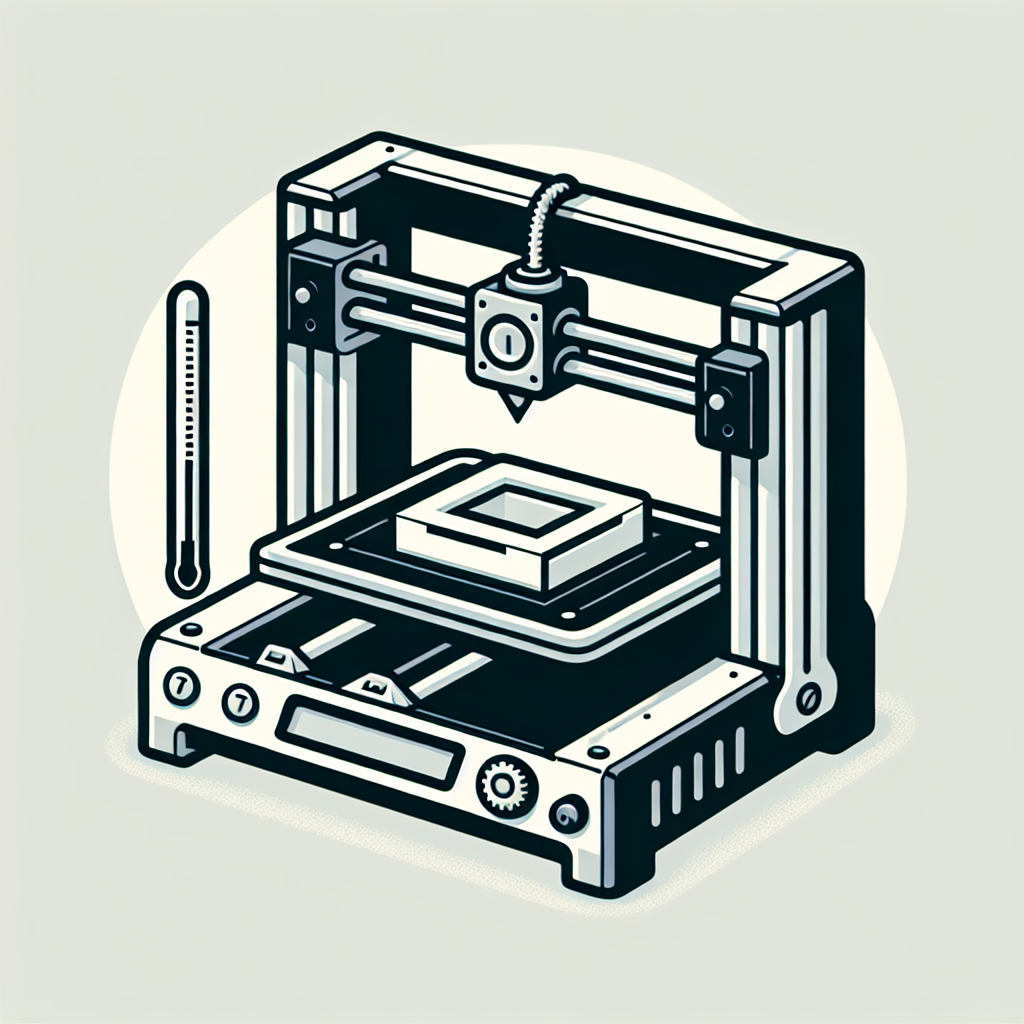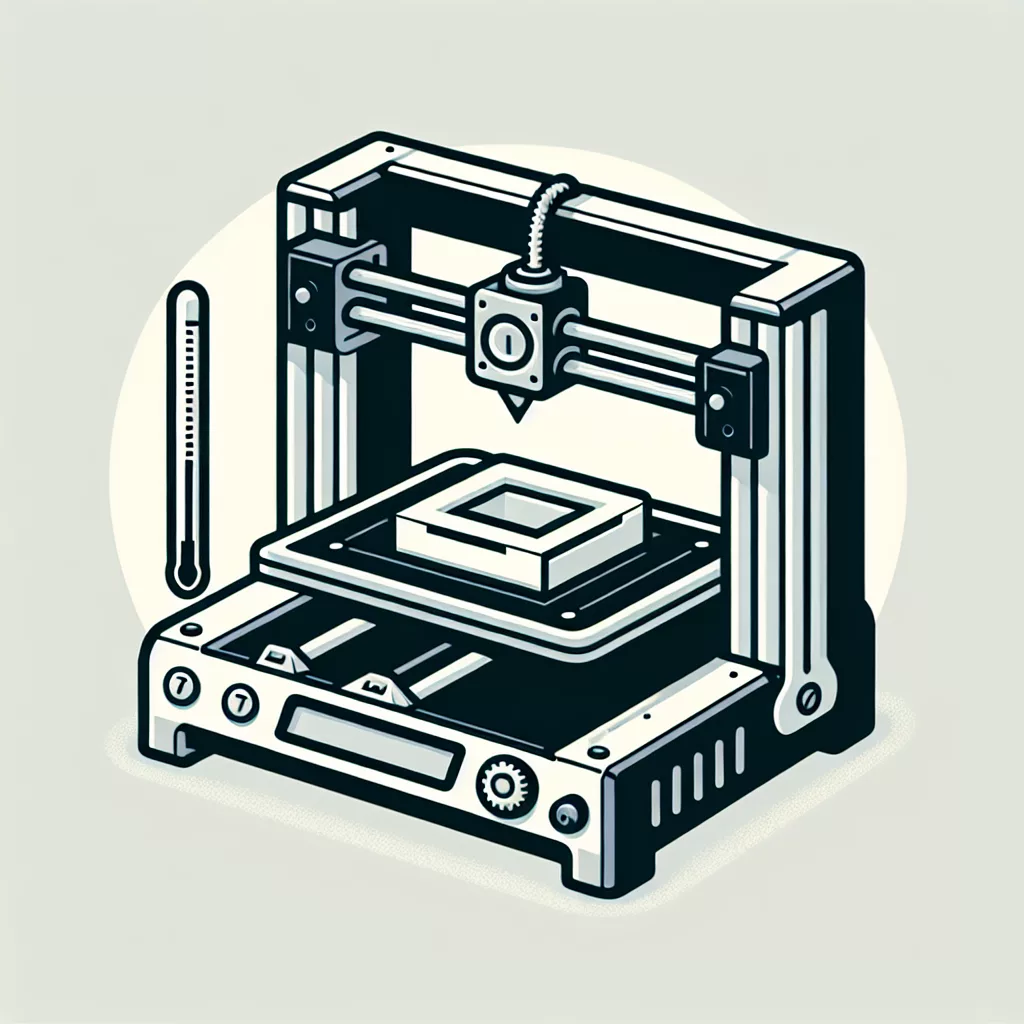Introduction
One of the most common frustrations encountered when 3D printing is prints that simply won’t adhere to the print bed. Poor bed adhesion can lead to warped, lifted, or entirely failed prints, wasting both time and materials. Fortunately, several proven solutions can reliably fix this issue. In this article, we’ll explore how to troubleshoot bed adhesion issues and provide practical tips for ensuring perfect bed adherence every time.
Clean Your Print Bed Thoroughly
The first thing you should check when your print isn’t sticking is the cleanliness of your print bed. Oils from your fingers, leftover filament residue, and dust can all prevent proper adhesion. Clean your bed surface thoroughly using isopropyl alcohol (preferably 90% or higher) and a lint-free cloth. For glass beds, you might occasionally need to use warm, soapy water followed by alcohol for deeper cleaning.
Adjust Your Bed Leveling
Incorrect bed leveling is one of the leading causes of adhesion problems. A bed that is too far from the nozzle will result in poor first-layer adhesion, while one that’s too close can obstruct filament flow or even damage your bed or nozzle. Follow your printer’s bed-leveling instructions carefully, making sure there is enough clearance for proper filament extrusion. A good rule of thumb is to adjust the nozzle distance until a single piece of paper just barely slips between the nozzle and the bed surface.
Optimize Bed Temperature
Different filaments require specific bed temperatures to achieve optimum adhesion. For example, PLA works well at around 50–60°C, ABS typically requires a higher temperature in the range of 90–110°C, and PETG adheres best around 70–80°C. Check your filament manufacturer’s recommended bed temperatures, and experiment slightly within the specified range to find your ideal settings.
Use Adhesion Aids
If you’re experiencing persistent adhesion issues, applying additional aids to your print bed will help. Popular bed adhesion aids include:
- Glue Stick: A thin layer of standard glue stick can dramatically increase adhesion for PLA and PETG.
- Painter’s Tape: Blue painter’s tape provides excellent adhesion for PLA and is easy to remove and replace.
- Hairspray: A quick, even layer of hair spray provides good adhesion, especially on glass beds.
- Specialized Bed Adhesives: Products like Magigoo, BuildTak sheets, or PEI-coated sheets offer reliable adhesion solutions for various filament types.
Check Your First Layer Settings
The first layer is critical for successful 3D prints. If your print isn’t adhering well, consider slowing down your print speed during the first layer. Reducing speed gives filament more time to bond with the bed surface. It’s also helpful to slightly increase the first-layer extrusion width or layer height to enhance bed adhesion.
Ensure Correct Nozzle Temperature
Printing at incorrect nozzle temperatures can impact adhesion significantly. If the filament isn’t hot enough, it may not flow smoothly onto the build surface, creating weak adhesion. Verify your filament manufacturer’s recommended nozzle temperature and experiment within a few degrees to attain optimal results.
Consider Using a Brim or Raft
If all else fails and you’re still struggling with bed adhesion, activating a brim or raft option in your slicing software might provide the extra support needed. Brims add a thin perimeter around the first-layer footprint, increasing surface area and adhesion. Rafts provide even more bed adhesion, creating a broader foundation underneath your print—ideal for delicate or complicated models.
Maintain Ideal Room Conditions
The ambient environment can drastically affect adhesion, especially for materials sensitive to airflow or temperature changes, like ABS. Keep your printer away from drafts, direct sunlight, or air conditioning vents, and maintain a stable room temperature around 20–25°C (68–77°F).
Consider Upgrading Your Build Surface
If you’re consistently battling adhesion issues, upgrading your printer’s build surface could prove worthwhile. Popular upgrades, such as flexible spring steel sheets coated with PEI or textured surfaces like BuildTak, often significantly improve adhesion and simplify print removal once completed.
Conclusion
Bed adhesion issues can be frustrating, but they’re highly manageable with the right steps and considerations. By ensuring a clean, properly leveled bed, adjusting temperatures carefully, optimizing your first-layer settings, and using adhesion-enhancing products or techniques, you’ll see improved reliability and quality in your 3D prints. With the solutions outlined above, you can confidently resolve adhesion issues and get back to printing successful models.


Leave a Reply